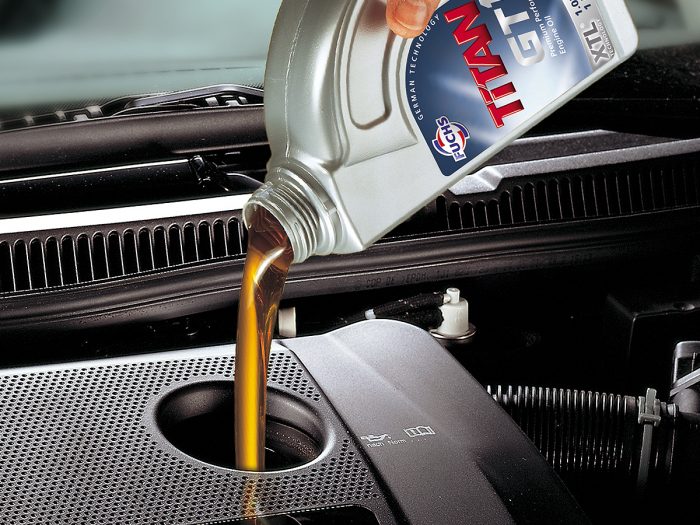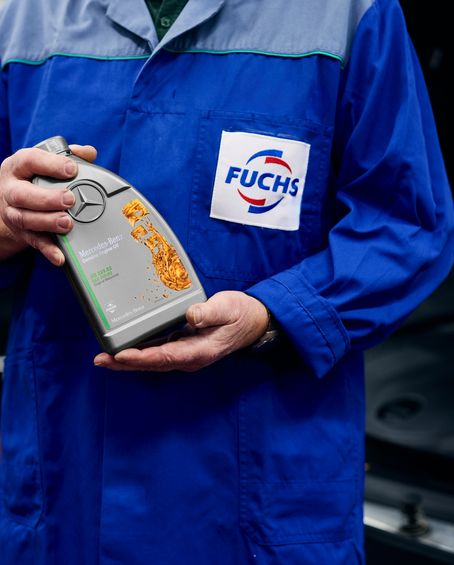Choose the Correct Viscosity – Save Energy, Money and the Environment
Energy efficiency is an integral issue in companies today, both to reduce costs and to meet the latest energy directives and environmental requirements. Many people believe that finances and the environment are in conflict, but that doesn’t need to be the case.
INCREASE ENERGY EFFICIENCY – WITHOUT NEW INVESTMENT
Just as optimum viscosity is a simple key to greater energy efficiency, energy efficiency is a key to better finances and environmental performance. Greater energy efficiency leads to lower costs. And lower energy consumption means lower carbon dioxide emissions. This means that smarter lubrication can make a big difference. And the necessary actions are simple; this doesn’t necessarily mean extra costs. All you need to do is make sure your lubricants are of the right viscosity.
GAINS FROM LOWER VISCOSITY
Fundamentally, viscosity is about how ‘thick’ or ‘thin’ a lubricant is. Lubricants with too high a viscosity are heavier to push around the system, which leads to direct energy losses and poorer lubrication. Viscosity is also very much affected by temperature.
Mineral oils for instance become more viscous, or thicker, at lower temperatures. Pre-heating is of course an option, but the downside is higher energy consumption and the lubricant spoils more quickly. Synthetic lubricants have lower viscosity and reduce energy loss, thus saving money, because they flow more easily and retain their lubrication properties even at lower temperatures.
This makes the biggest difference in machines that are outdoors all year round and are subject to large temperature variations. But thinner lubricants also work well in heavier machinery and in systems that operate under high pressure, such as hydraulic systems. They often lubricate better than thicker lubricants, since they move more quickly through the system and don’t heat up as much.
EASY TO GET IT RIGHT
There are several ways of changing viscosity: you can change your lubricant, dilute the existing lubricant, and review your routines. Perhaps you’re over-cooling and could increase the efficiency by optimising your machine settings? If you lubricate with grease, you simply need to change to the correct type, with the correct viscosity.
EXAMPLES OF POSSIBLE SAVINGS
Electric motors lubricated with a ‘universal grease’
The situation:
- Electric motors (200)
- Average output 30 kW
- Operating time 8,000 h/yr
By replacing the universal grease with lubricating grease of the right viscosity and a synthetic base oil, you could save NOK 17,760 in lower energy consumption and reduce CO2 emissions by 1,600 kg – per year.
Gear wheels lubricated with mineral oil
The situation:
- Gears (80)
- Average output 35 kW
- Operating time 8,000 h/yr
By replacing the mineral oil with a fully synthetic lubricating oil, the total saving from lower energy loss and less work input could be as much as NOK 118,370. At the same time, you reduce CO2 emissions by 10,700 kg a year.
FURTHER INFORMATION AND ADVICE
Few companies know how cheap and simple it can be to increase energy efficiency. In certain cases, we also help to estimate what changing the viscosity and/or base oil could mean for your company.
By Tore Nilsen, FUCHS Lubricants



